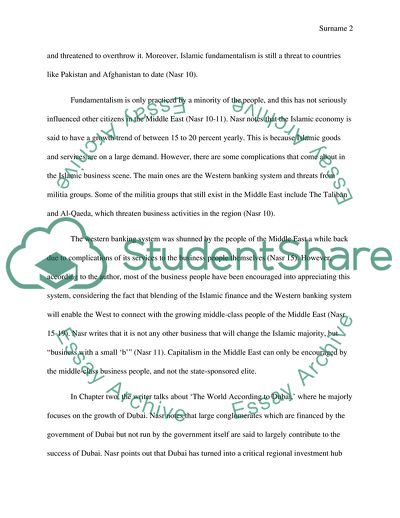Cite this document
(Analysis of Forces of Fortune: The Rise of the New Muslim Middle-Class Book Report/Review, n.d.)
Analysis of Forces of Fortune: The Rise of the New Muslim Middle-Class Book Report/Review. Retrieved from https://studentshare.org/social-science/1769770-forces-of-fortunesthe-rise-of-the-new-muslim-middle-class-and-what-it-will-mean-for-our-world
Analysis of Forces of Fortune: The Rise of the New Muslim Middle-Class Book Report/Review. Retrieved from https://studentshare.org/social-science/1769770-forces-of-fortunesthe-rise-of-the-new-muslim-middle-class-and-what-it-will-mean-for-our-world
(Analysis of Forces of Fortune: The Rise of the New Muslim Middle-Class Book Report/Review)
Analysis of Forces of Fortune: The Rise of the New Muslim Middle-Class Book Report/Review. https://studentshare.org/social-science/1769770-forces-of-fortunesthe-rise-of-the-new-muslim-middle-class-and-what-it-will-mean-for-our-world.
Analysis of Forces of Fortune: The Rise of the New Muslim Middle-Class Book Report/Review. https://studentshare.org/social-science/1769770-forces-of-fortunesthe-rise-of-the-new-muslim-middle-class-and-what-it-will-mean-for-our-world.
“Analysis of Forces of Fortune: The Rise of the New Muslim Middle-Class Book Report/Review”. https://studentshare.org/social-science/1769770-forces-of-fortunesthe-rise-of-the-new-muslim-middle-class-and-what-it-will-mean-for-our-world.


